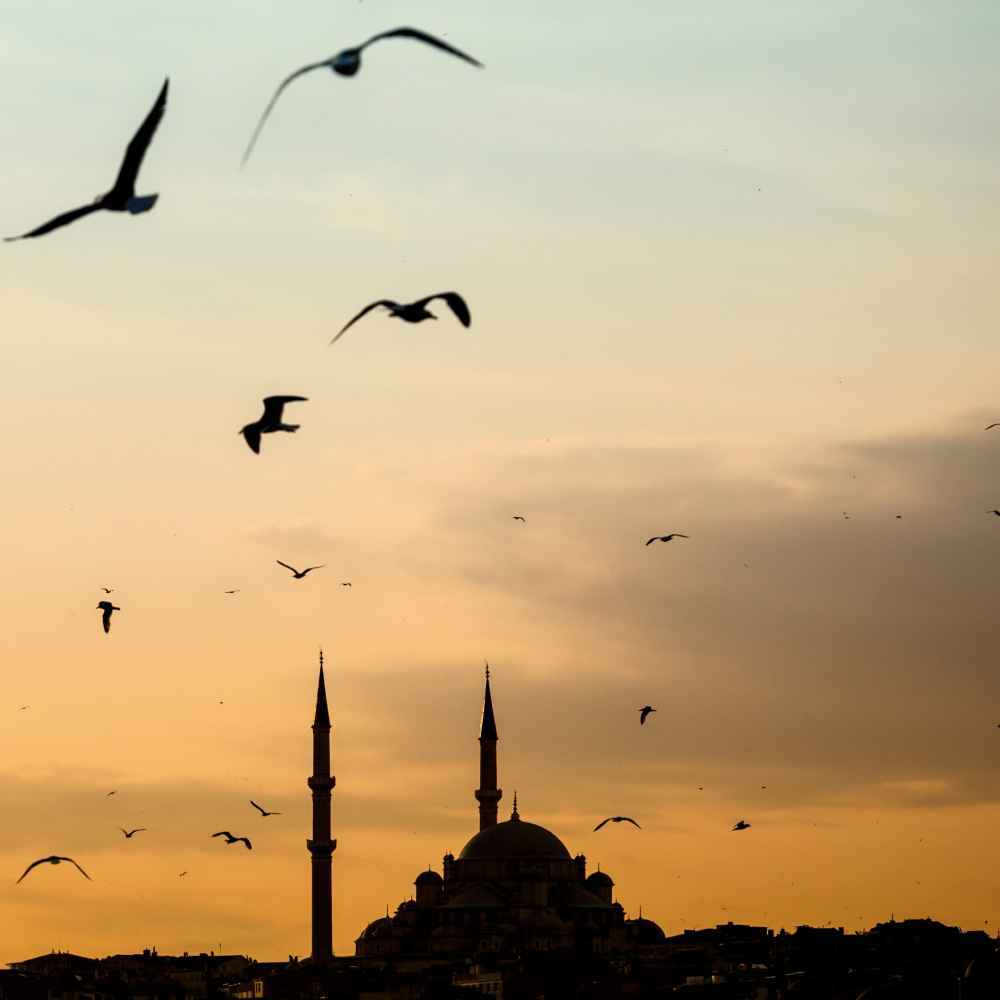Prayer Times in Afghanistan
Ghazni
N:33.375, E:68.55805
Paktika
N:32.677223, E:68.80805
Paktika
N:32.677223, E:68.80805
Paktika
N:32.6975, E:68.757225
Paktika
N:32.6975, E:68.757225
Laghman
N:34.650833, E:70.18584
Paktia
N:33.4325, E:69.47389
Paktia
N:33.4325, E:69.47389
Nangarhar
N:34.19278, E:70.636665
Khowst
N:33.141388, E:69.674164
Paktia
N:33.6125, E:69.686386
Paktia
N:33.6125, E:69.686386
Badakhshan
N:38.241665, E:70.55666
Kandahar
N:30.05, E:65.916664
Farah
N:32.51361, E:62.294167
Oruzgan
N:33.0825, E:66.47222
Bamian
N:34.54139, E:67.375
Bamian
N:34.53278, E:67.365
Khowst
N:33.206944, E:69.55111
Vardak
N:34.45, E:68.78333
Samangan
N:36.745556, E:67.58195
Balkh
N:36.90778, E:66.92083
Bamian
N:34.57639, E:67.521385
Zabol
N:32.41139, E:66.73889
Afghanistan (general)
N:32.88361, E:65.19611
Oruzgan
N:32.773056, E:65.41055
Helmand
N:32.641388, E:65.10944
Khowst
N:33.609722, E:70.15667
Farah
N:32.66083, E:63.69889
Zabol
N:32.41139, E:66.73889
Nangarhar
N:34.24472, E:70.159164
Paktia
N:33.649445, E:69.78028
(AF21)
N:33.6, E:69.85
Paktia
N:33.649445, E:69.78028
Vardak
N:34.45, E:68.78333
Paktika
N:32.921944, E:69.25472
Badakhshan
N:37.412224, E:70.67611
Bamian
N:34.566666, E:67.54417
Kabol
N:34.496944, E:69.24555
(AF21)
N:33.433334, E:70.11667
Ghowr
N:33.315556, E:64.44056
Oruzgan
N:33.656666, E:65.53167
Badakhshan
N:37.417778, E:70.67555
Zabol
N:32.948055, E:67.38639
Zabol
N:32.94528, E:67.3475
Bamian
N:34.766666, E:66.73333
Baghlan
N:35.878613, E:69.05722
Sar-e Pol
N:35.63861, E:67.059166
Faryab
N:35.559723, E:64.18389
Ghowr
N:35.037224, E:65.211945
Herat
N:34.531666, E:64.36833
Ghazni
N:33.2075, E:68.09556
Paktika
N:33.02667, E:69.04361
Paktika
N:32.948055, E:69.04361
Parvan
N:35.658333, E:69.82139
Zabol
N:32.809444, E:66.89139
Zabol
N:32.793888, E:66.878334
News from IslamicFinder
Sunrise
Shurooq is the time of sunrise, the time when the upper limb of the sun just starts to appear above the horizon. This marks the end time for Fajr (morning) prayer.
Qiyam
The term Qiyam-ul-layl, in the most literal sense, means to stand during the night. It is a voluntary prayer which is offered between the time of Ishaa prayer and the Fajr prayer (before dawn). But the most preferred time is before sunrise, in the last third of the night.For more information, read our article on qiyam.
The difference between Standard and Hanafi (Juristic Methods)
The only difference is in the Asr prayer. In the standard method (which is used by Imamas Shafii, Hanbali, and Maliki) the Asr prayer time starts when the shadow of an object is equivalent to its height, whereas in the Hanafi method the Asr prayer time starts when the shadow of an object is twice its height.
Daylight Saving Time
Daylight Saving Time (DST) is the practice of setting the clocks forward one hour from standard time during the summer months, and back again in the fall, in order to make better use of natural strong daylight. IslamicFinder Website is adjusting daylight savings automatically according to your location.
Latitude and Longitude
To calculate the prayer times for a given location, we need to know the latitude and the longitude of your current city or town, along with the local timezone for that location. IslamicFinder is detecting longitude, latitude and timezone of your current city or town automatically. If you face any difference in prayer timings according to your current location then please confirm these latitude and longitude first. You can also use our 'Change Settings' option to change latitude, longitude and timezone of your current location. You can find this option of 'Change Settings' from Top Search bar setting link on right side or from today prayer times card.
Contact Us











